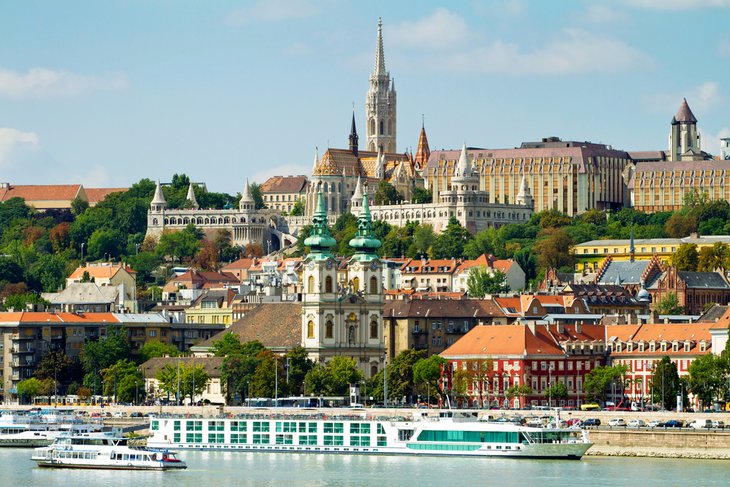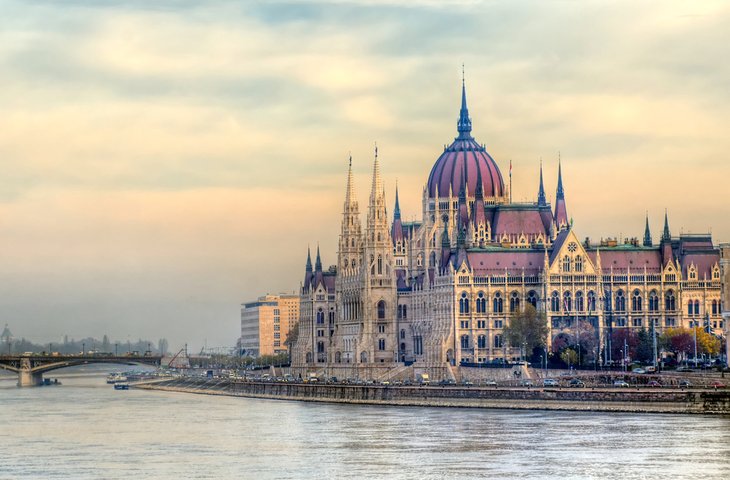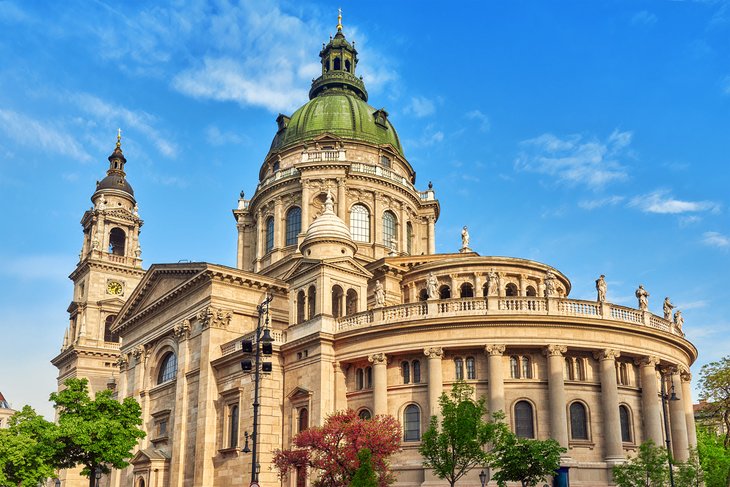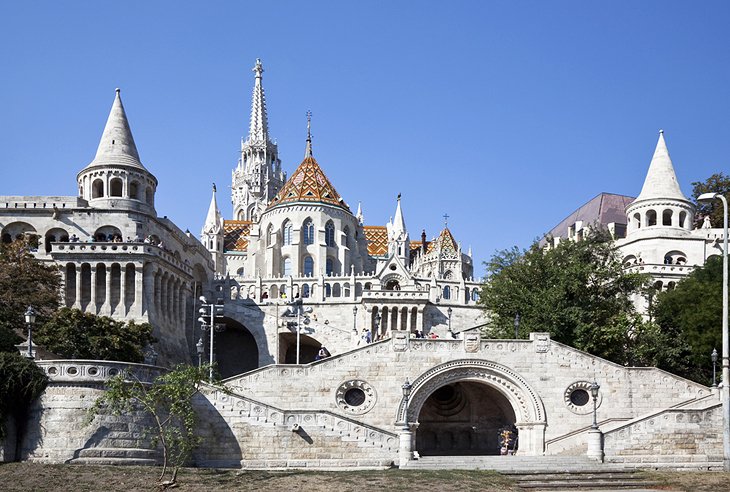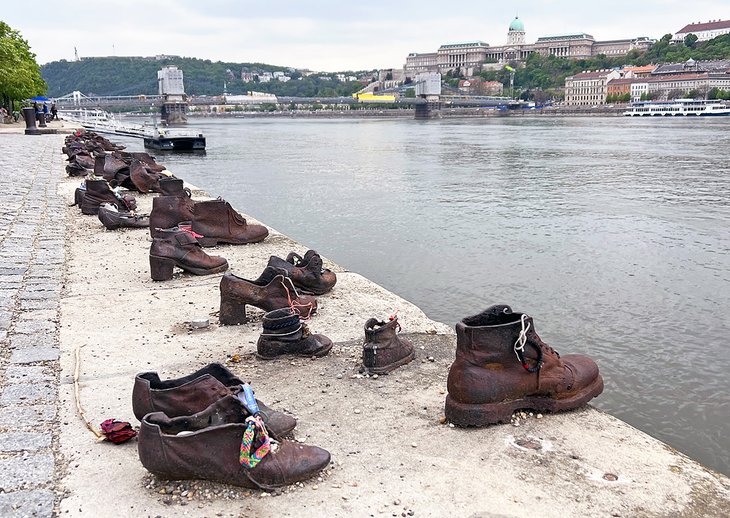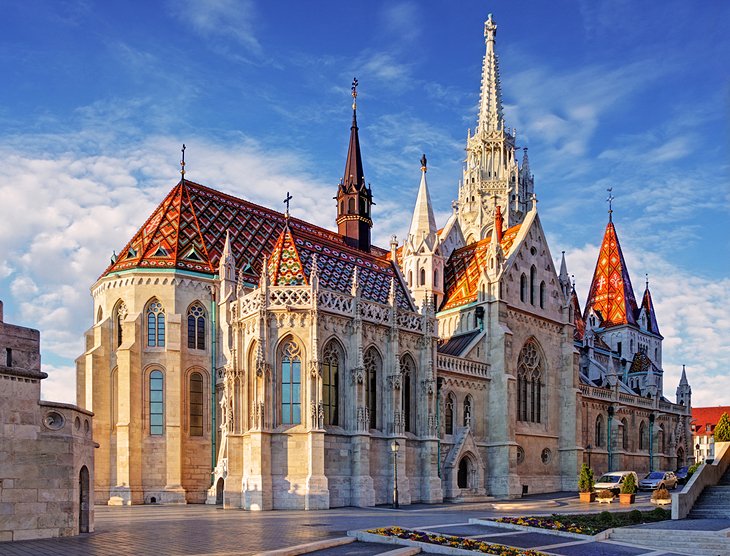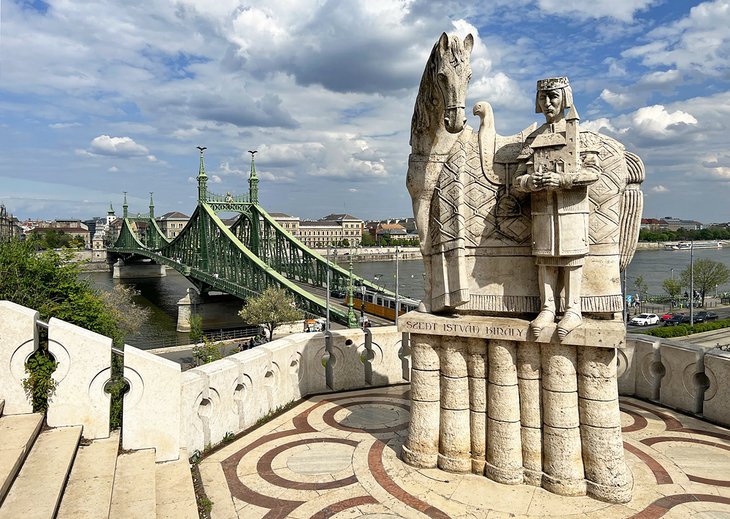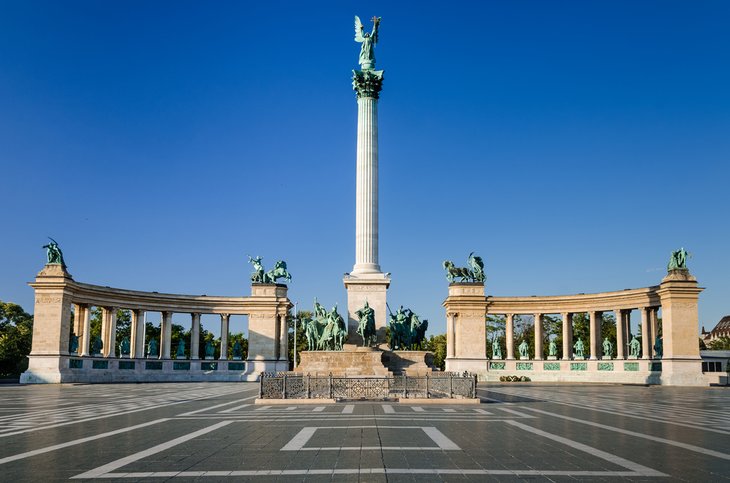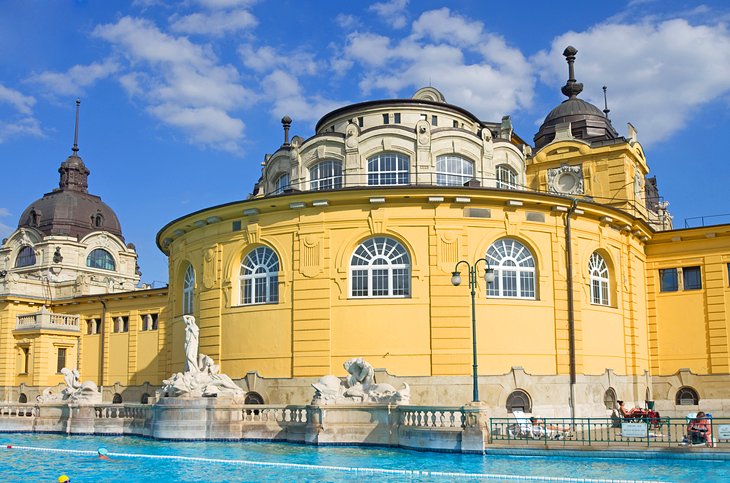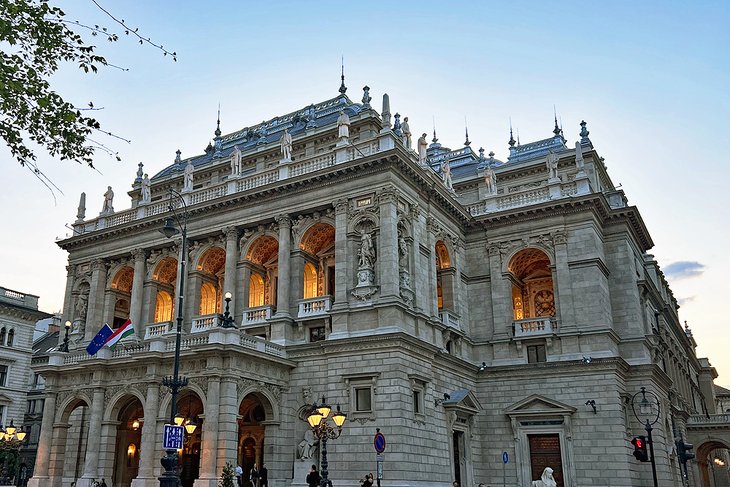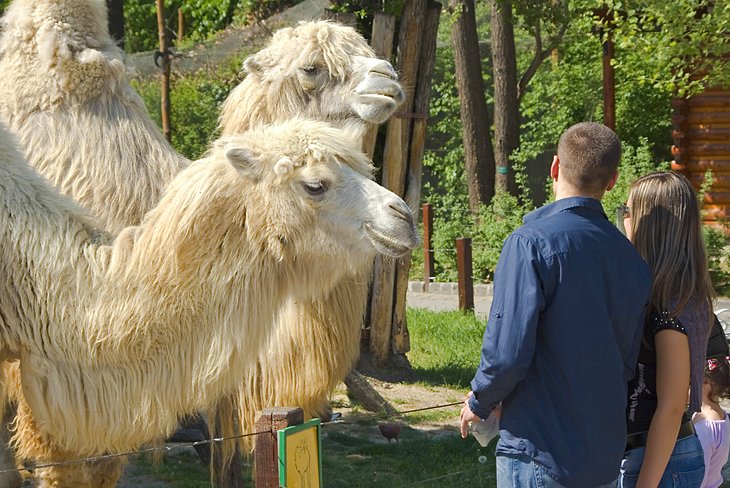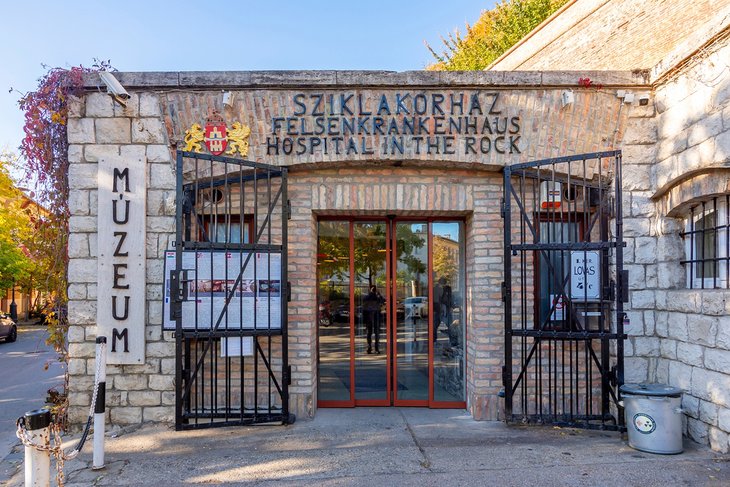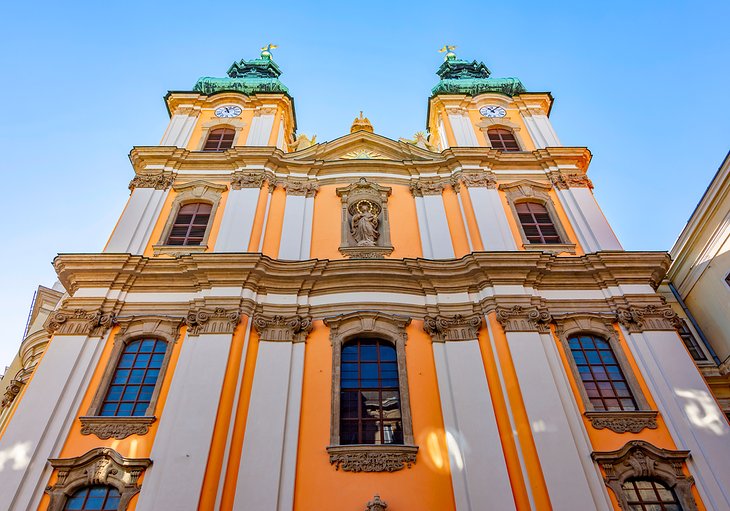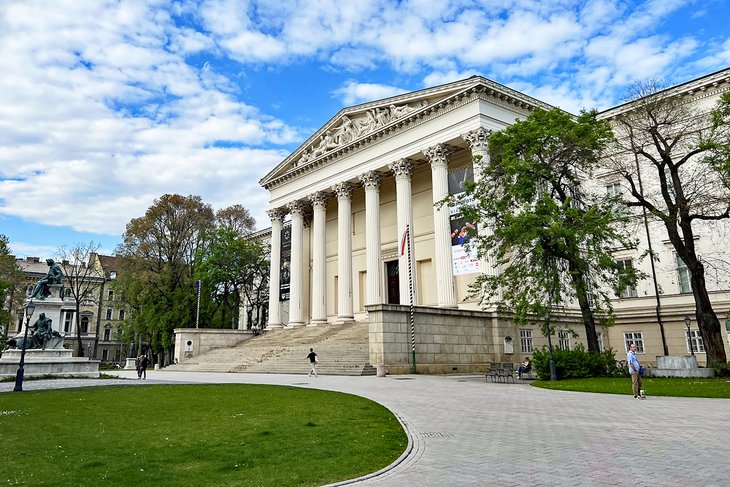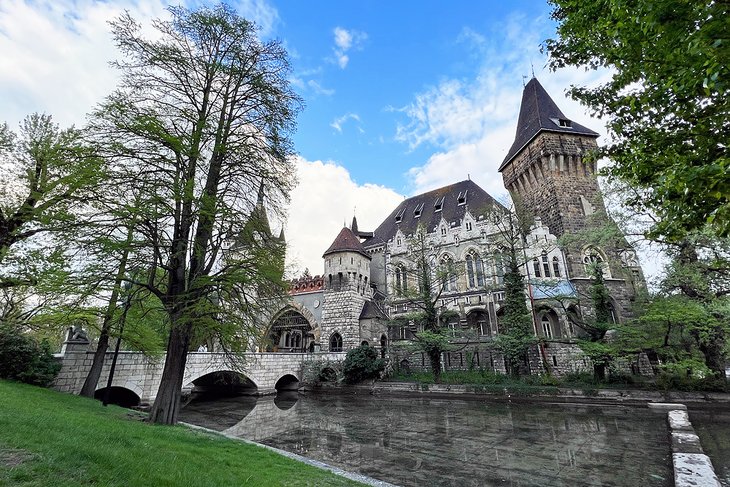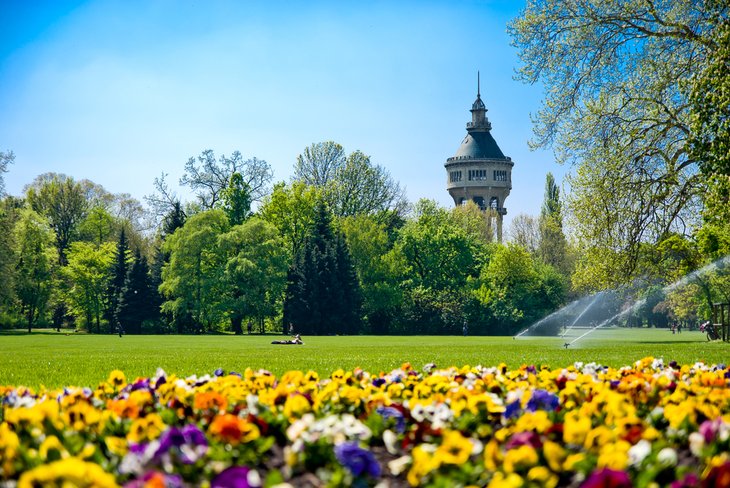usually it takes :
- 25% of applications: Less than 1 Day
- 50% of applications: 6 Days
- 75% of applications: 26 Days
- 90% of applications: 37 Days.
You must have and maintain adequate health insurance for the whole of your stay in Australia.
With our permission, you can only:
- do unpaid work relating and credited to your study if you are studying in a university outside Australia
- see how people work in an industry, as long as you are not doing the work yourself
To seek permission, submit a letter about your situation with your visa application and supporting documentation.
If your situation changes after you arrive in Australia and you need to work you will need to apply for a new Visitor visa (Tourist stream) requesting permission to work.
You will need to prove:
- you have financial hardship because of your new situation
- you or your family member is likely to need the government's help
- you have compelling personal reasons to work in Australia such as a serious accident or illness
- for reasons that you cannot change, you or your immediate family cannot return home
- you have no choice but to work in Australia
Decisions are made on a case-by-case situation at the discretion of the processing office or Minister.
If you are not being paid you can, without our permission:
- do volunteer work
- do incidental work online for your job in your home country
- do short-term domestic or care-giving work for a family member
Documents Required
Here is the list of documents that you need to put in order while applying for Australia Tourist Visa.
- A filled application form.
- Original Passport which holds a validity for a period of atleast 6 months from the intended date of travel.
- Old and cancelled passports if any.
- Certified scanned copies of the biographical pages of the passport.
- Two recent passport-sized photographs, not older than 6 months. It should not be used before anywhere.
- Certified scanned copies of birth certificate
- Evidence of sufficient funds such as personal bank statements, pay slips, audited accounts, taxation records or credit card limit, complete with the seal and sign of the Bank Authorities.
- Income Tax Papers reflecting the returns for the past 3 years.
- If employed, the sanctioned leave letter (in original) from the employer, addressed to Australia High Commission, New Delhi.
- The itinerary of your stay in Australia, with complete proof of hotel reservation with the dates and applicant’s name mentioned clearly.
- The documents suggesting information that you have an incentive and authority to return to your home country such as -
- A letter from your employer stating that your intention is to return back to your job
- Evidence of enrolment at a school, college or university in your home country
- Evidence of family members in your home country
- Evidence of your visa or residence status of your home country and your right to return
- Evidence of property or other significant assets owned in your home country.
- Handwritten cover letter, complete with the travel details as well as the details of the expenses, addressed to the Australia High Commission, New Delhi.
- Proof of occupation and/or salary slip of the last 3 months.
Additional documents for applicants under 18
If you are under the age of 18, you should provide a copy of your birth certificate showing the names of both parents. If you can’t provide a birth certificate, provide one of the following:
- identification pages of a family book showing the names of both parents
- identification pages of an identification document issued by the government
- identification pages of a court-issued document that proves your identity
- identification pages of a family census register
If somebody other than your biological parents has legal guardianship over you (for example, adoptive parents or a court-appointed guardian), you must provide proof of their legal guardianship.
Provide adoption papers or parental court orders, if applicable.
Anyone with a legal right to decide where you live, and who is not travelling in Australia with you, must complete either:
- Form 1229 - Consent form to grant an Australian visa to a child under the age of 18 years (240KB PDF)
- a statutory declaration giving their consent for the child to visit Australia on this visa
Include a document with the signature and photo of the person who completed, or declaration, such as a:
- passport
- driver’s licence
In addition to consent information, if you’re not staying with a relative or legal guardian, provide Form 1257 - Undertaking declaration (211KB PDF). The person you're staying with must sign the form. .











